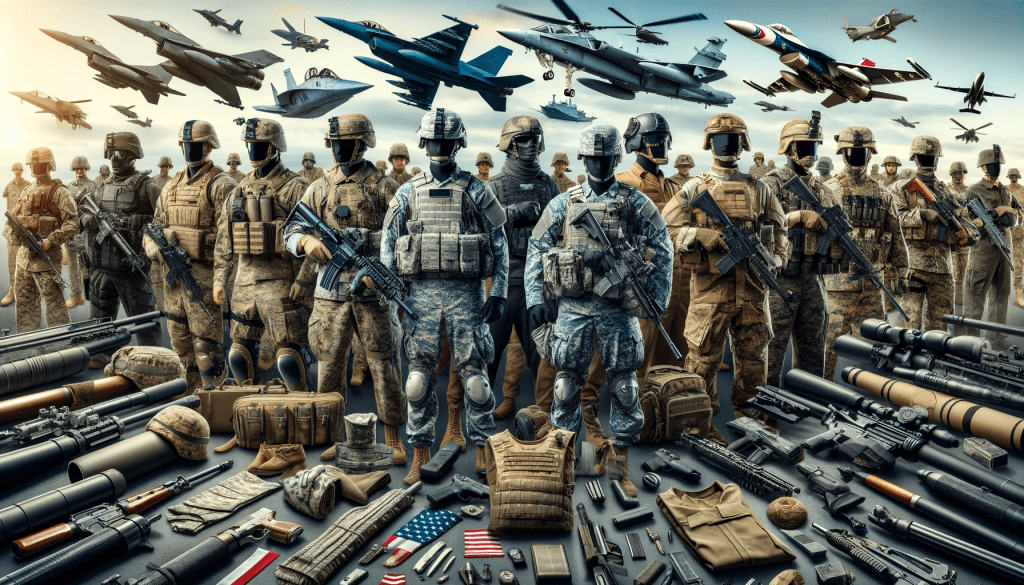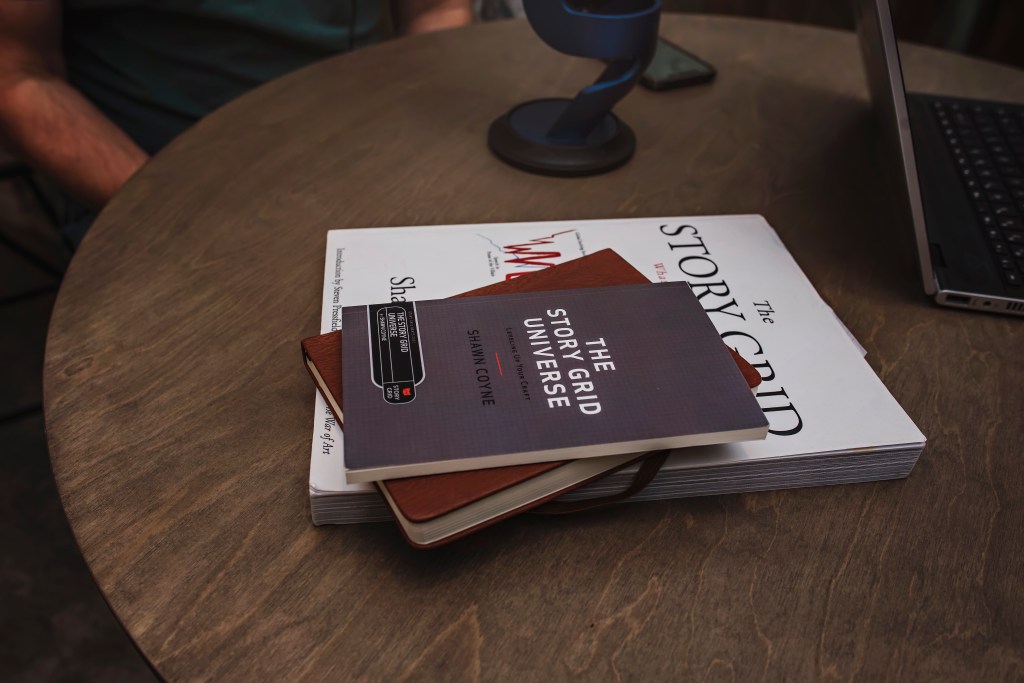What uniform does my character wear?
What weapon should my character use? What kind of wounds does it make?
What equipment does my character use, how does it function, and what are its limitations?
These are just a few of the questions authors ask themselves when they are writing stories that involve characters with military backgrounds and the equipment they are using. And this is another example of why you might need a Military Technical Advisor to review your work.
As a Story Grid Developmental Editor and Book Coach, my background in military special operations makes me uniquely qualified to assess stories with military characters and settings.
Military Matters is a series of posts where I discuss how authors can accurately write about, well, military matters. My goal is to arm the authors with words that make their prose stronger. Over the next few months, I’m going to talk about how I have helped authors create authentic military characters and settings, without losing their readers in military jargon and acronyms.
Is that Hummer Bulletproof?
True story. Back in the 1990s, I was driving a military HMMWV (High Mobility Multipurpose Wheeled Vehicle)—also known as a Hummer by civilians—from NC to VA for a training exercise. Mine was one of several vehicles in a convoy. We were all in uniform, and we stopped at a rest stop off of I-95. Sitting in the grass eating a picnic was a young twenty-something couple. They looked a little hippie-ish.
The woman walked up to where I was standing beside the Hummer. “So, this is a hummer, huh?”
“Yes, it is,” I replied, nodding my head.
“And it’s bulletproof?” she asked.
I was a little stunned by the question.
The original HumVee (as most military personnel refer to it) was not armored and was never intended for frontline duty. At that point in my life, I had never seen a bulletproof Hummer. I didn’t even know if they existed. And I had no idea where she got the idea that it would be bulletproof. Though—to me—it was obvious that the plastic doors and roof were definitely not bulletproof. I assume she had only seen them in movies, and that’s where the idea came from.
After Operation Restore Hope in Somalia—which the movie Blackhawk Down made famous—the military started focusing on making armored versions of the HumVee. Ironically, one of the little-known facts about the Afghan and Iraq wars was that the lack of armored Hummers became a huge problem as more Improvised Explosive Devices (IEDs) were used by the enemy. In 2002-2003, and again in 2006-2007, I found myself patrolling Afghanistan in a hummer armed with machine guns but no doors and a plastic roof.
It Doesn’t Stop with Hummers

Each service uses its own specific equipment, be it individual weapons, uniforms, or aircraft. And, to make matters worse, the equipment evolves over time, so if you are writing a story in the 1990s, the uniforms and weapons would look significantly different than those in use today.
Over my thirty years of service, the Army went through four uniform changes (four completely different colors). When I worked with the Rangers, I had access to completely different weapons than when I worked as a Green Beret.
Another little-known fact is that most infantry soldiers during the GWOT never shot a pistol; they were only issued rifles by their units. And those weapons (check out this post on Army rifles) have changed as well. You may be able to learn all of this information through a pain-staking Google search, but only if you even know what to search for and what questions to ask.
The real source of military inaccuracy issues in writing is usually not authors failing to do their due diligence. No one wants to be the guy who wrote the book all the Soldiers mock for its inaccuracies. No, the real problem is the unknown unknowns. You can research a problem if you know that it’s a problem. But when it never occurred to you that equipment ages our and is replaced by different equipment in new colors, how do you fix that? That’s when the errors start creeping into your manuscript.
The best way to discover these details is to talk to people who were actually on the ground using the equipment, as they will be able to tell which equipment was available, why they chose certain weapons over others, and the little things that made it good or bad. These are the details that will bring your story to life.
What can you do about it?
Well, first off, do your research.
I’ve written a few blogs to start you off:
- Soldier Daily Routine when not Deployed
- U.S. Army Rifles
- Everything you wanted to know about writing about a soldier in uniform
- Life in the Deployed Infantry
Next, talk to service members who are experts in the professions of your characters and who have spent time in those same settings. A Technical Military Advisor can help you here.
Remember, the haters will look for every detail to discredit you, but your fans will love all the details that immerse them in the world you have created.
Click here to read other post on Military Matters.
Let me know in the comments if you have any specific questions about Military Matters in writing.
To find out if our advice can help you write your best book, we offer a free sample edit for full-length manuscripts. Request yours today!
How Can We Help You Write Your Best Book?

Do you want someone to come along side you as you write, providing you with continuing support and feedback as you plan, write, or revise your novel?

Do you have a completed manuscript in need of a deep read by a professional who will provide you with detailed feedback, suggestions, and a clear way forward?

Do you have an idea for a book or professional knowledge and experience you want to share with the world, but lack the time or experience to write a book?


Leave a comment